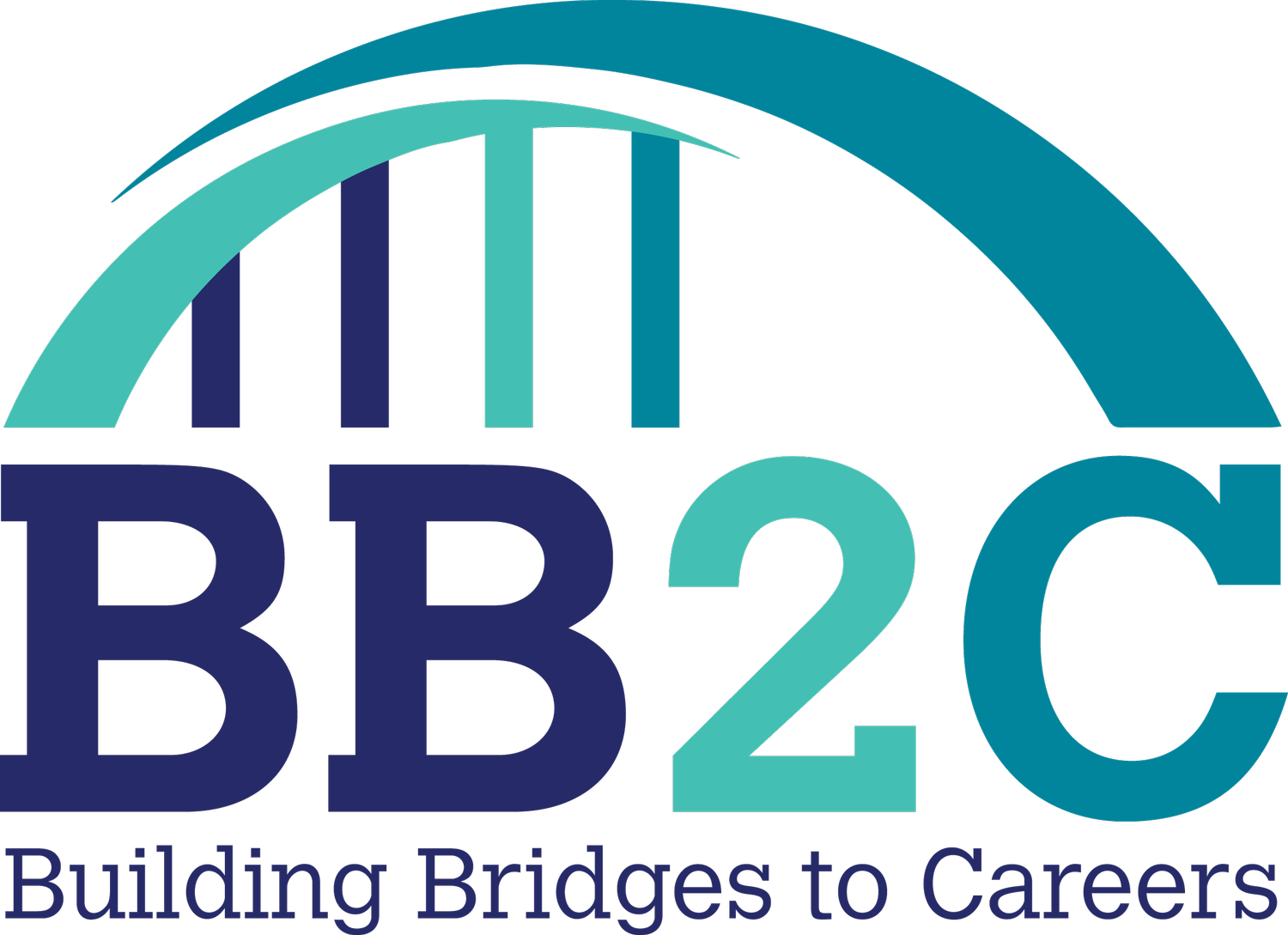Apparently, we are disruptive.
Building Bridges to Careers, and specifically the Epicenter, was asked to be a part of a panel discussion at a conference in Milwaukee last week with the title of “Disruptive Economic Development”, planned by the University Economic Development Association (UEDA). Our specific session was called: Disrupting Economic Development from the Ground Up.
The panel included John Glazer, Technical Director of Ohio University’s Social Enterprise Ecosystem, Eli Flournoy of the Sugarbush Foundation, and Tasha Werry of Building Bridges to Careers. Jennifer Simon of Ohio University’s LIGHTS program was the panel facilitator. Essentially, we all discussed the problems that we were trying to solve by creating and inserting something different. Apparently, we are disruptive.
John’s disruption is in the form of finding investment opportunities for local non-profits that have found ways to have an income, in other words, a social enterprise. Social enterprises happen to be the third largest sector of local economies. (# of non-profits in Wood County, WV; # of non-profits in Washington County, OH). He is also working to develop tools to determine the social return on investment for these organizations….which typically eludes most non-profits. (I hear the acronym ROI and think it has nothing to do with us). These tools will help non-profits actually prove that we are having an impact! John says, "The panel brought together university-led economic developers with private sector impact investors with boots-on-the ground community development leaders and social enterprise support services to show how an ecosystem actually works to have measurable impacts".
Eli’s family brought forth disruption in the form of providing funds in a different way. In order to receive grants from the Sugarbush Foundation, there must be a collaboration between Ohio University and a non-profit organization. The foundation’s vision statement is: We envision a new model for university-community collaboration based on equal partnership and mutual respect. The point was made that Universities need to work together with the assets in a community so that information flows both ways. Eli thought that the conference gave him fresh insight into the university-community collaborations that will be critical for mutual survival. “As a university/education outsider, I was heartened both by the focus on changing the university approach to economic development, and the willingness, eagerness even, of educators to move towards community partnerships. The challenges are significant, but universities can be powerful engines for innovation.”
In trying to bridge to gap between education and employment, BB2C has come up with some projects that push people together through a prolonged process. Examples include the Problem Scenario Project, which partners teachers and local business representatives throughout a semester, and the Career Mentor program, which partners students with local business representatives through mentoring for the school year. The Epicenter houses the first business incubator and makerspace in Marietta. If you incubate with us, you are required to work with students in some way shape or form. (Our incubatees love that part, by the way). All of our projects meet people where they are and then bring them into the fold.
The main purpose of LIGHTS is to work with individuals, that live or work in the 28-county territory, with an interest in building a product and/or creating a business. LIGHTS also supports and builds gateways around Appalachia to support the economies of coal-impacted communities. The gateways are all like the Epicenter, some provide business incubation, some provide a makerspace, however, each have their own twists. Jennifer says, “The panel reminded me that OHIO University's role is to support and leverage the good work of impact investors like Eli Flournoy and practitioners like Tasha Werry. Through the SEE program with leaders like John Glazer and the LIGHTS Regional Innovation Network, we have tools to add value to how communities want to solve their problems.”
The point of the conference was that it is important for colleges and universities to work with and for their surrounding communities, not in isolation from them. BB2C is quite fortunate to be partnered with and/or supported by all of the surrounding colleges and universities in our area: Ohio University, Marietta College, Washington State Community College, West Virginia University - Parkersburg, and Ohio Valley University. Partnerships get the work done faster and more efficiently, and improve our chances of actually solving the problems we are working to address.
Thanks to Faith Knutsen for pulling this panel together in her own disruptive way:)
